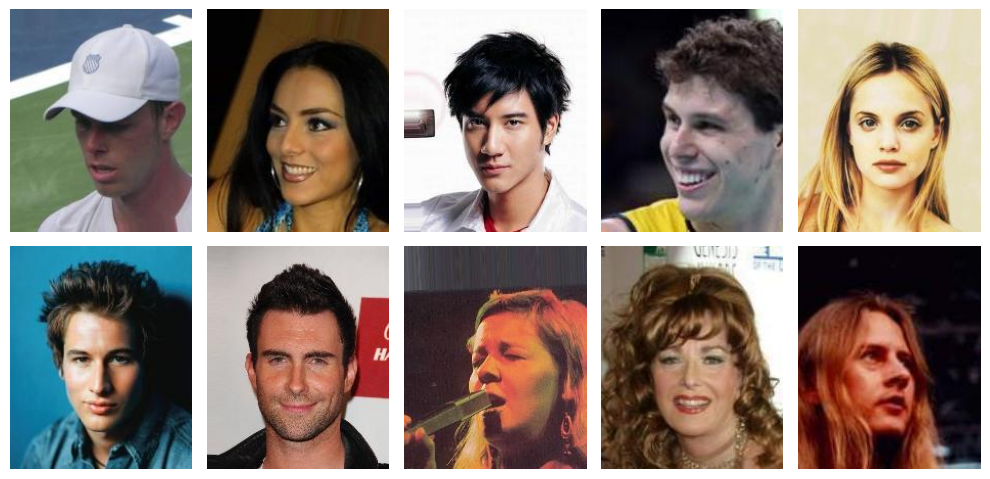This is my attempt at reproducing the NeurIPS 2017 paper: Generating Steganographic Images via Adversarial Training in modern PyTorch. I have not tested all declared experimental results in the paper, but basic functionality should be all available here.
PyTorch related dependencies are defined in environment.yml:
conda env create -f environment.yml -n advstegThen activate the environment:
conda activate advstegMamba (drop-in replacement for conda) is also supported and is what I myself use.
Other dependencies are defined and installed with Poetry:
# Inside the virtual environment
poetry installWeights & Biases is used for logging and visualization. You can either create an account and login with wandb login or add the environment variable WANDB_MODE=disabled to disable logging.
To start training, download the CelebA (Align&Cropped Images) dataset and extract it to data/celeba. Then run:
python train.py --cuda --batch-size=128 --epochs=100 --fraction=0.1This loads up 10% of the CelebA dataset, which approximates to 20,000 images. For 100 epochs, this trains for a little over 30 minutes with default parameters on a single RTX 3090 (~20 seconds each epoch).
To train on all CelebA images for 500 epochs (as in the paper):
python train.py --cuda --batch-size=256 --epochs=500Loss curves on the first 100 epochs trained with 10% of the dataset:
Generated steganographic images:
Loss curves on the entire CelebA dataset for 500 epochs:
Generated steganographic images:
Cover images:
Check under ./notebooks/ for more information.
The model proposed in the paper highly resembles the DCGAN architecture, but with a few differences:
| Model | Same as DCGAN's ... | What changes? | Why | Role |
|---|---|---|---|---|
| Alice | Generator | First layer swapped to a Linear layer. | So that the secret message can be embedded into the flattened cover image. | Encoder |
| Bob | Discriminator | Final layer swapped to a Linear layer with an output of the same length as the secret message. | So that Bob can decode the secret message embedded by Alice. | Decoder |
| Eve | Discriminator | Final layer swapped to a Linear layer with an output channel of one. | So that Eve can distinguish cover images from stego images. | Steganalyzer |
Changes to the training procedure that I had to make to get the model to train:
- Learning rate is set to 1e-4 instead of 2e-4.
- Input
image_sizeis changed to 109 andoutput_sizeis changed to 64. - SGD is used for optimizing Eve instead of Adam: as Eve was getting too good (discriminator's loss drops to 0 very quickly).
The paper trained for 500 epochs, but I found that losses started to converge already after 100 epochs.
The author's original TensorFlow implementation is available at jhayes14/advsteg.
@inproceedings{NIPS2017_fe2d0103,
author = {Hayes, Jamie and Danezis, George},
booktitle = {Advances in Neural Information Processing Systems},
title = {Generating steganographic images via adversarial training},
url = {https://proceedings.neurips.cc/paper/2017/file/fe2d010308a6b3799a3d9c728ee74244-Paper.pdf},
volume = {30},
year = {2017}
}







